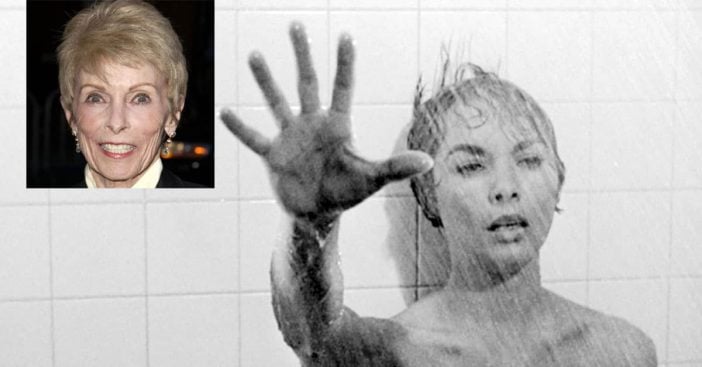
UPDATED 2/10/2023
Back in the summer of 1975, Jaws — and its tale of a great white shark terrorizing a summer community — scared much of the population out of the ocean. And for good reason: out there in the open sea, swimmers were reminded that danger could lurk in the depths. With that in mind, one could argue that director Alfred Hitchcock’s Psycho, released 15 years earlier, was actually even more effective, because it scared people out of the shower. One of them was the late actress Janet Leigh, whose Marion Crane found herself stabbed to death in one at the Bates Motel.
“I stopped taking showers and I only take baths,” she related to us when she was promoting her autobiography, There Really Was a Hollywood. “And when I’m someplace where I can only take a shower, I make sure the doors and windows of the house are locked. I also leave the bathroom door open and shower with the curtain open. I’m always facing the door, no matter where the shower head is.” Smart lady.
RELATED: 10 Things You Never Knew About Alfred Hitchcock’s ‘Psycho’
Inside the ‘Psycho’ Shower Scene
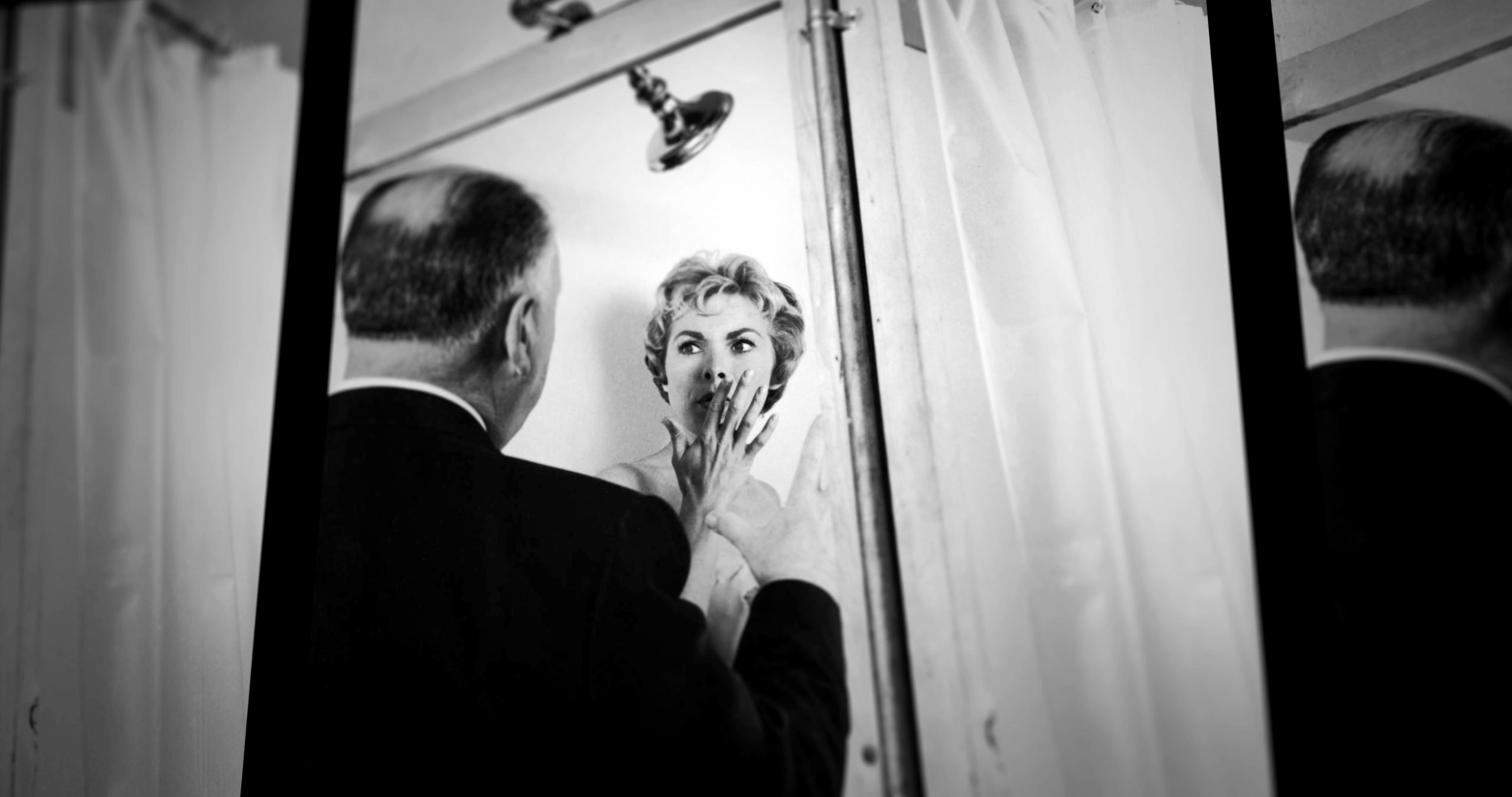
Psycho, based on the novel by Robert Bloch and celebrating its 60th anniversary, was an envelope-pushing horror film that in its day was genuinely shocking. Loosely based on real-life serial killer Ed Gein, the plot of the film has Marion Crane stealing $40,000 from her realtor boss so that she can be with her lover. Driving to him, a heavy rainstorm forces her off the road and into the parking lot of the Bates Motel, where she meets proprietor Norman Bates (Anthony Perkins), who has a tendency to dress and speak like his mother — who he had poisoned — and, assuming her persona, kills people, in this case, Marion. That death came about 20 minutes into the film while the woman was vulnerable in the shower, which caught the audience completely off guard and largely shifted the focus of the story.
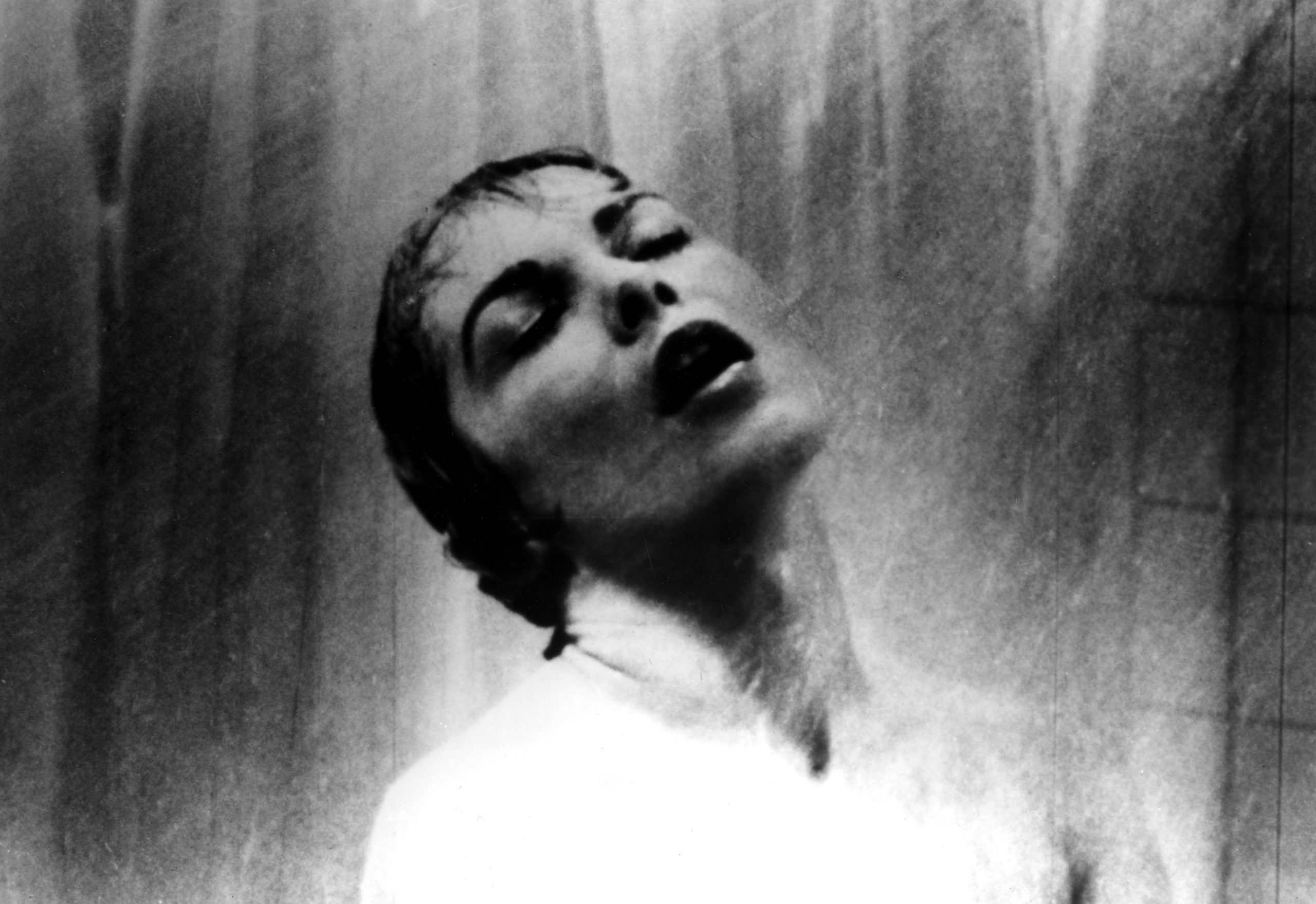
Leigh liked the irony of the situation in that while Marion had indeed stolen the money, following a conversation with a pre-psychotic Norman she became very intent on returning it and turning herself in. “Here’s a woman who had come to terms with what she had done,” she said. “What played in my mind was the inevitability of comeuppance. She was taking the shower and it was like a cleansing. She was going to go back and face the music. And to have that kind of ending was so against what the audience wanted or expected.”
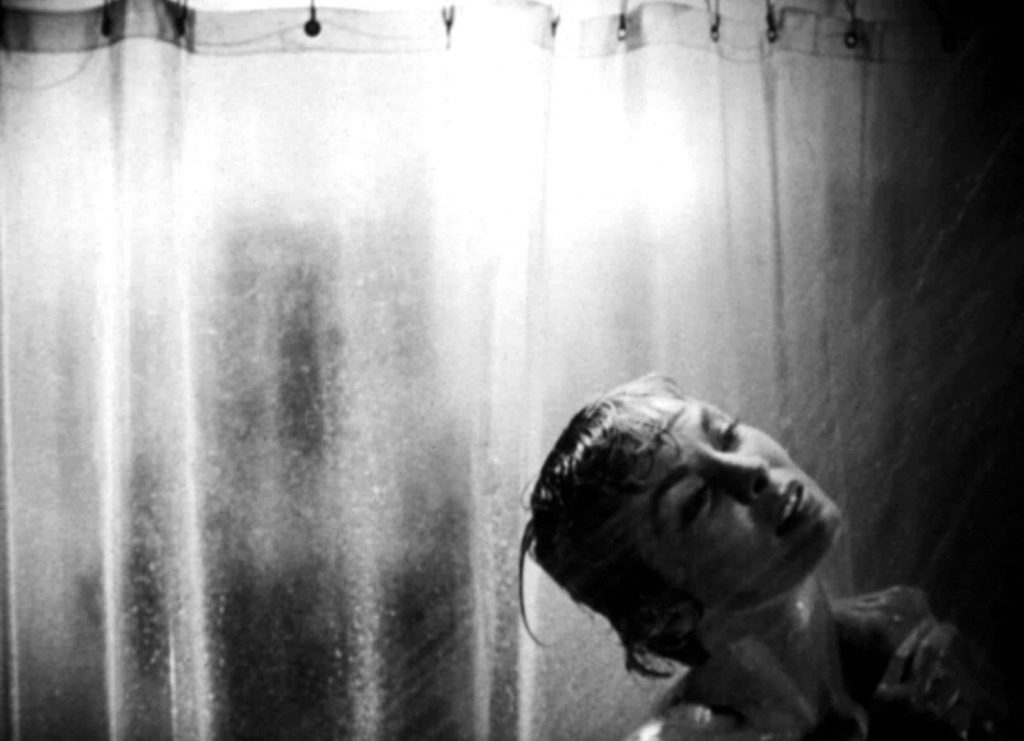
She was actually fine with only being in part of the film because the question of what had happened to Marion Crane would permeate the rest of it. She described Marion’s story as “pantomime,” due to the fact that the only relationships she had was with boyfriend Sam Loomis (John Gavin) and the brief time she spent with Norman. Then it was over.
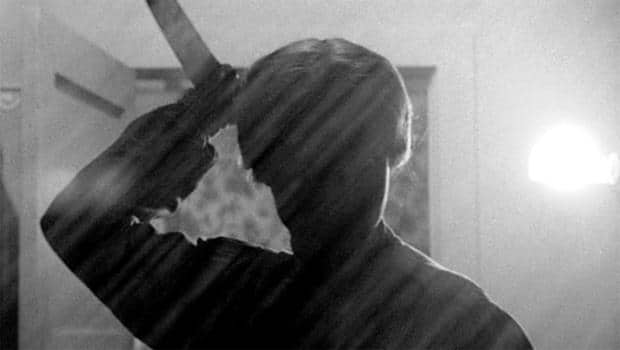
“The rest of the picture,” Leigh mused, “was devoted to what happened to Marion. All you talked about or thought about the whole picture was Marion, because everyone kept thinking they were going to see her again. How could anyone argue with that kind of part?”
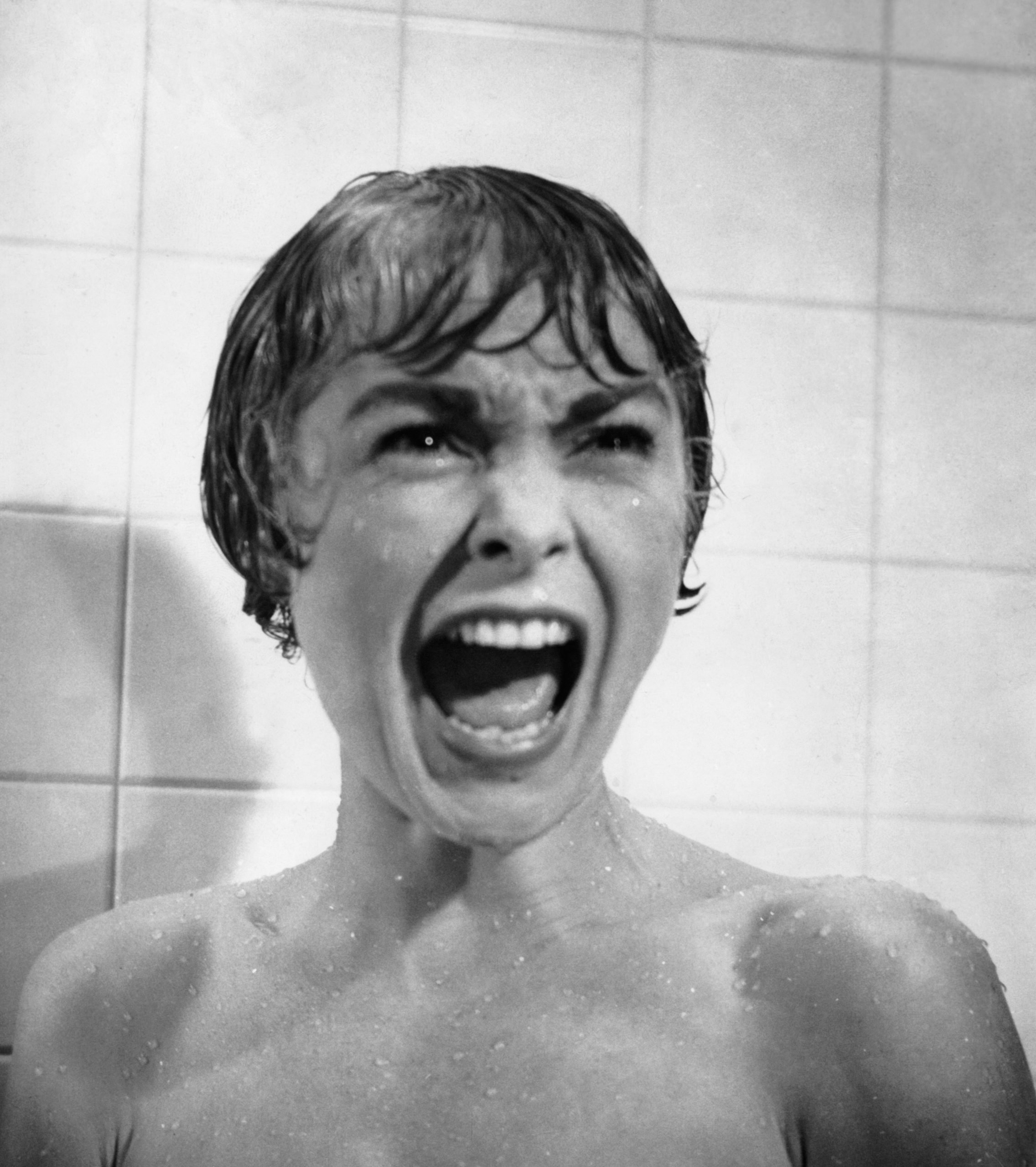
Although Hitchcock’s intent was to raise the quality of the horror film, the shower sequence actually turned Psycho into a piece of art, this death-in-45-seconds, unlike anything the audience had experienced before. A week was spent filming it and there were over 70 camera set-ups. In an interview at the time, Hitchcock explained that a specially-made torso was constructed that would squirt the “blood” that was supposed to spurt away from the knife, but ultimately he decided not to use it, going with a naked model instead, who took Leigh’s place when necessary. Only Leigh’s hands, shoulders, and head were shown, the rest of the images being of the stand-in. The knife being wielded at her never actually touched a body, but in the swift editing of the montage, it looks like it does.

Due to censorship of the time, there was no way they could show nudity, though many would swear that there was. Laughed the actress, “When the shower scene was done, I wore moleskin over my vital parts. And as much as you think you saw something, you never saw anything, because you could not show it back then. It was literally against the law. Now when they did use a nude model was when Norman goes into the bathroom at the end of all this and drags the body out wrapped in the shower curtain. That’s the only time I knew of a nude model. But, again, with me you don’t see anything. A bellybutton and, because the cutting was so fast and accompanied by music, you’re, like, ‘By God, I saw her nude.’”
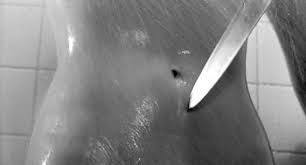
The editing of George Tomasini and music of Bernard Herrmann work in conjunction to make the shower murder one of the most effective captured on film, yet it is followed by a moment that is almost as chilling, played with no music whatsoever: The camera locks on to the dead eye of Marion Crane, who lies on the floor of the shower, for a shot that seems to last forever — and Leigh never blinks. Some have suggested that this was actually a still photograph with droplets of water sprinkled on it, which, if you were wise, was not something you would suggest to the actress. Foolishly, we did.
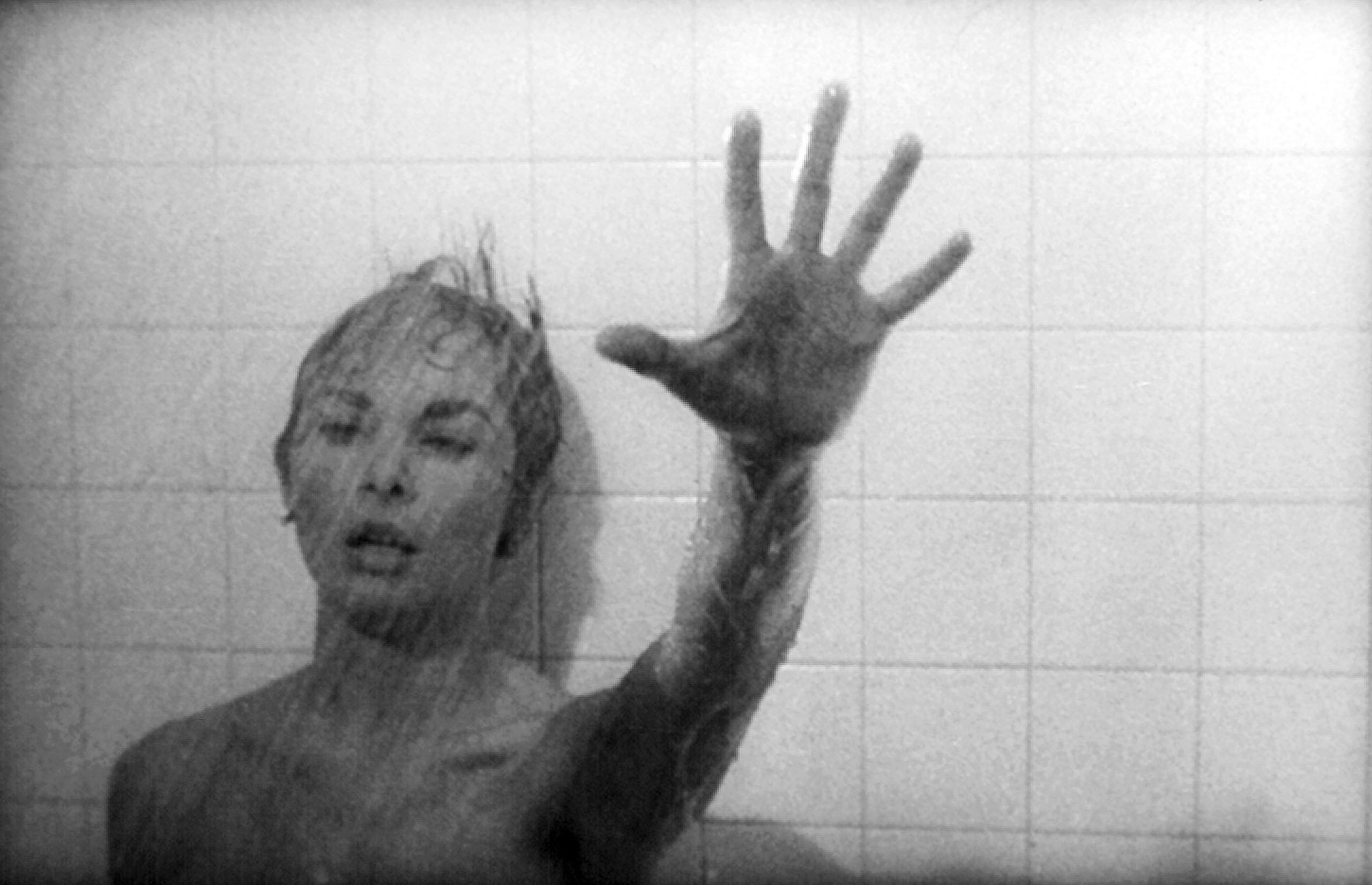
“That is not true,” she stated without hesitation. “About three weeks before we shot it, Mr. Hitchcock and I went off to the optometrists. He wanted me to put in those lenses that would give me a scary look. At the time — remember, we’re talking late 1959/early 1960 — for me to wear those lenses would’ve taken six weeks for my eyes to get used to them.
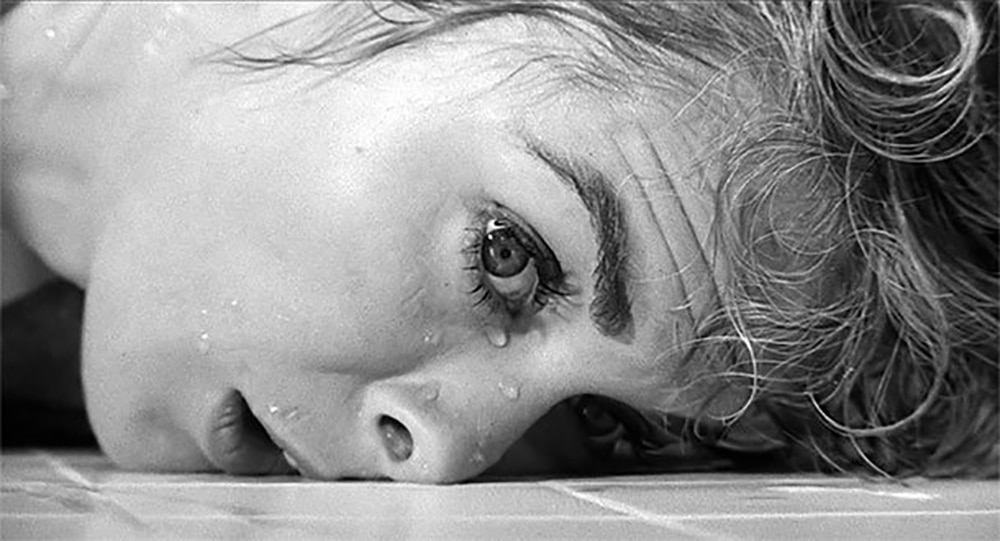
“And if I didn’t,” she continued, “it could have damaged my eyes. Mr. Hitchcock said, ‘Well, you can’t do that.’ I said, ‘No, we can’t,’ and he replied, ‘You’re just going to have to do it on your own.’ So I held that look. It’s not a photograph!”
She broke into a smile. “I will say it wasn’t easy.”
